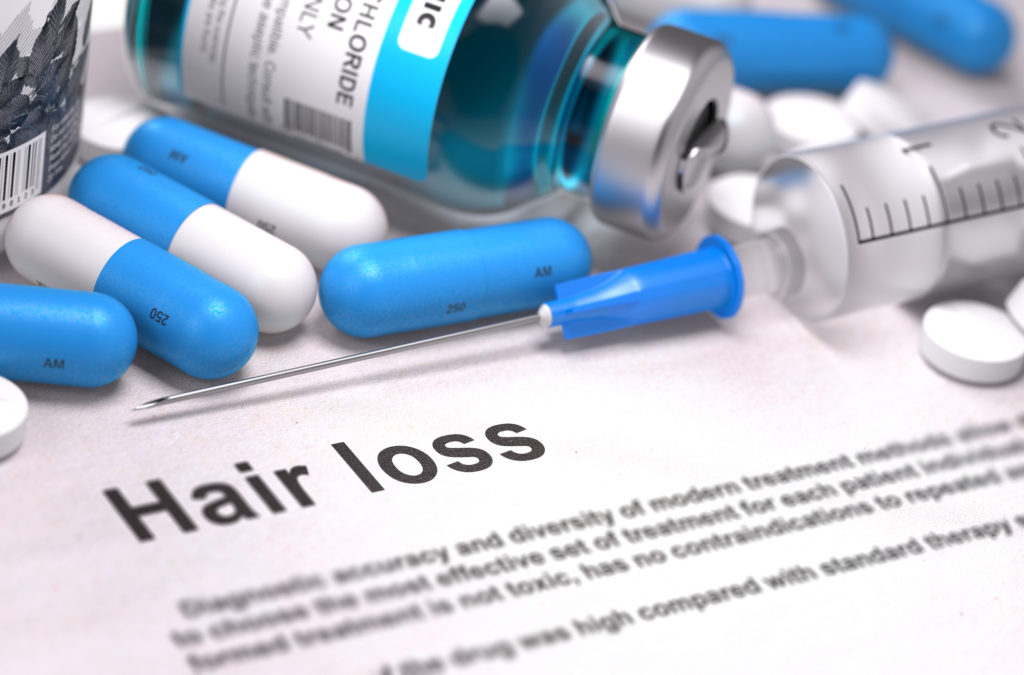 How does PRP hair treatment therapy work?
How does PRP hair treatment therapy work?
Platelet-rich plasma (PRP) hair treatment is a safe and effective method for restoring hair loss. PRP is a medical treatment is a three step process in which the patient’s blood is drawn then processed before a doctor injects that blood into the area of the scalp that has experienced hair loss. A PRP injection triggers organic hair growth. PRP treatments also increase the amount of blood to the hair follicles which subsequently increases hair shaft thickness. Should you undergo this treatment, your doctor may recommend combining this treatment with additional procedures or medications in order to gain maximum hair follicle enhancement.
What are the steps involved in PRP hair treatment therapy?
Prior to beginning PRP therapy, our doctor will review the steps involved so that you have a clear understanding of the treatment. In general, PRP therapy is a three step process that involves three treatments in total spaced four-to-six weeks apart from one another. After the initial process is complete, you can expect to undergo maintenance treatments every four-to-six months. The treatment may vary somewhat from one patient to the next, but here is an overview of what you can expect during the process:
1. Step one. You will have your blood drawn by a trained member of our staff. Usually, the blood is taken from the arm. It is then placed into a centrifuge which is a specialized piece of equipment that separates the blood into the various fluids that comprise it.
2. Step two. Once the centrifuge separates the blood, it will be divided into three layers:
a. Platelet rich plasma.
b. Platelet poor plasma.
c. Red blood cells.
3. Step three. Our PRP doctor will use the platelet rich plasma into a syringe and inject it into the areas of your scalp that suffers from hair loss. This will encourage new growth in that area.
What are the potential side effects of PRP hair treatment therapy?
PRP hair treatment therapy has proven to be a safe method for treating hair loss. As one example, because the therapy involves injections of your own blood, you do not have to be concerned with exposure to communicable diseases. However, there are minimum risks about which your PRP can provide you with more information as it pertains to your circumstances.
Possible risks include the following:
· Infection
· Nerve injury
· Injury to blood vessels
· Calcification in the area where the injections are done
· Scar tissue
· Reaction to anesthesia
If you have a history of any of the above issues at any time, be sure to tell your PRP doctor before undergoing PRP hair treatment therapy. Also be sure to let him or her know about any medications you are taking as well as herbs or supplements.
If you would like to learn whether or not PRP hair treatment therapy is right for you, call us today to schedule an exam with a doctor.